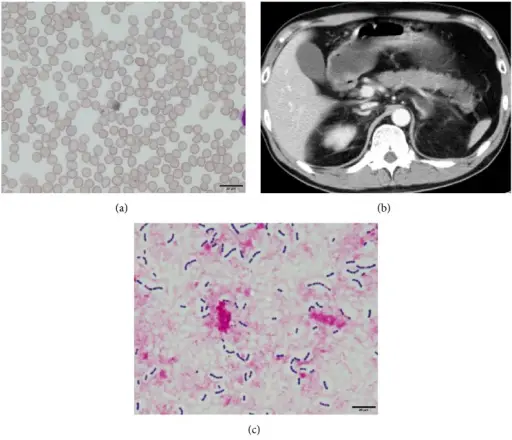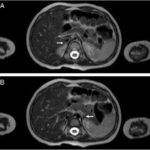Waterhouse-Friderichsen syndrome is a group of symptoms resulting from the failure of the adrenal glands to function normally as a result of bleeding into the gland.
What is the Pathology of Waterhouse-Friderichsen Syndrome?
The pathology of Waterhouse-Friderichsen syndrome is:
-Etiology: The cause of Waterhouse-Friderichsen syndrome is fulminant meningococcemia in many cases, but also adrenocorticotropic hormone (ACTH), adrenal vein spasm and thrombosis.
-Genes involved: NA.
-Pathogenesis: The sequence of events that lead to Waterhouse-Friderichsen syndrome is unclear in nontraumatic cases, but in stressful situations, ACTH secretion increases, which stimulates adrenal arterial blood flow that may exceed the limited venous drainage capacity of the organ and lead to hemorrhage.
-Morphology: The morphology associated with Waterhouse-Friderichsen syndrome shows bilateral adrenal hemorrhage.
-Histology: The histology associated with Waterhouse-Friderichsen syndrome shows bilateral gland involvement with extensive necrosis of all 3 cortical layers.
How does Waterhouse-Friderichsen Syndrome Present?
Patients with Waterhouse-Friderichsen syndrome typically are male present at the age range of younger age groups. The symptoms, features, and clinical findings associated with Waterhouse-Friderichsen syndrome include adrenal vein thrombosis that has been found in several patients with adrenal hemorrhage, and it may occur in association with sepsis, heparin-induced thrombocytopenia, primary antiphospholipid antibody syndrome, or disseminated intravascular coagulation (DIC).
How is Waterhouse-Friderichsen Syndrome Diagnosed?
Waterhouse-Friderichsen syndrome is diagnosed with laboratory and imaging studies.
How is Waterhouse-Friderichsen Syndrome Treated?
Waterhouse-Friderichsen syndrome is treated with medical therapies that are used to replace adrenal function.
What is the Prognosis of Waterhouse-Friderichsen Syndrome?
The prognosis of Waterhouse-Friderichsen syndrome is good with proper treatment.



